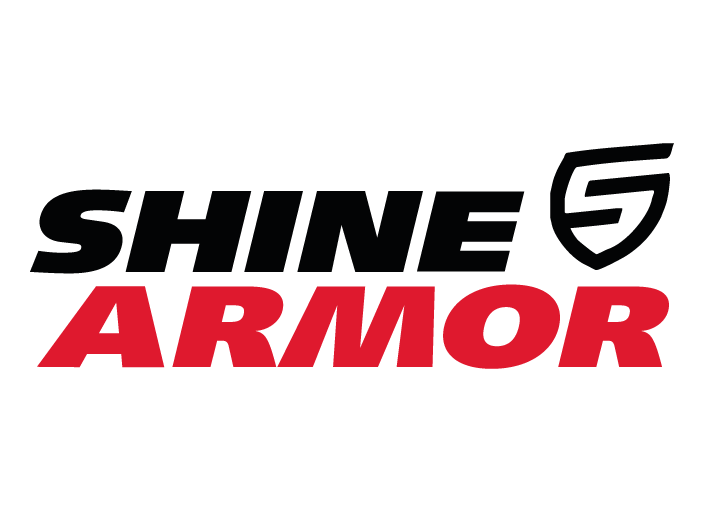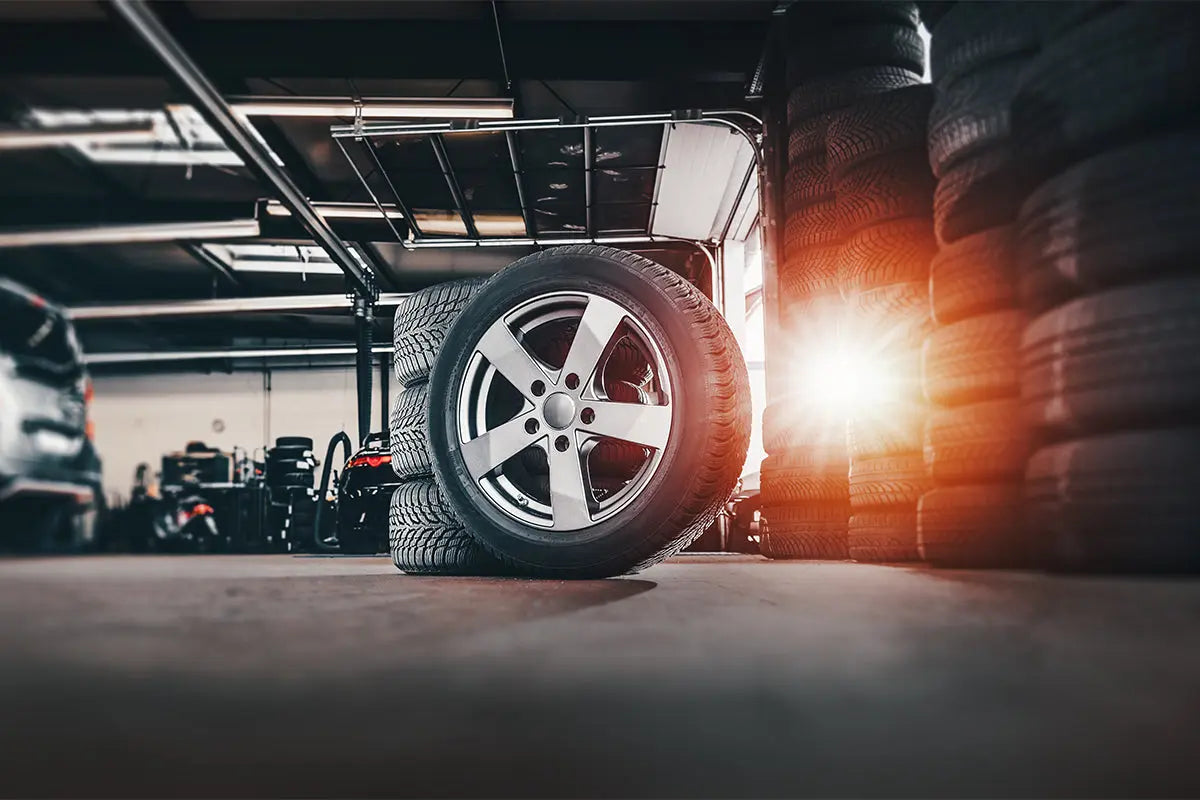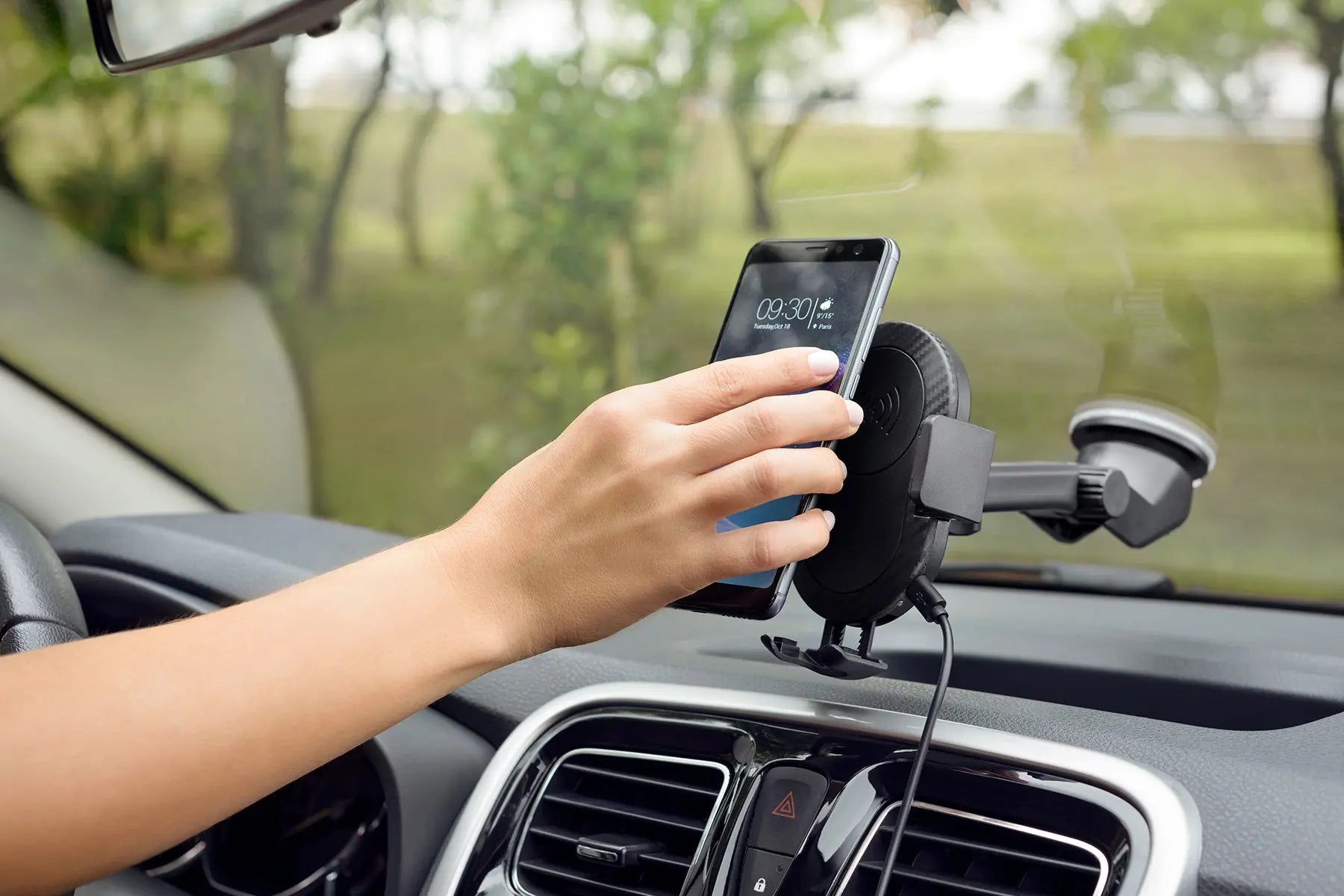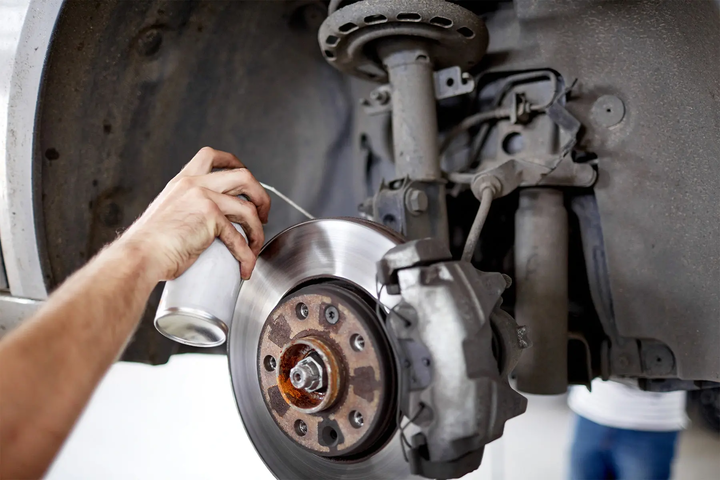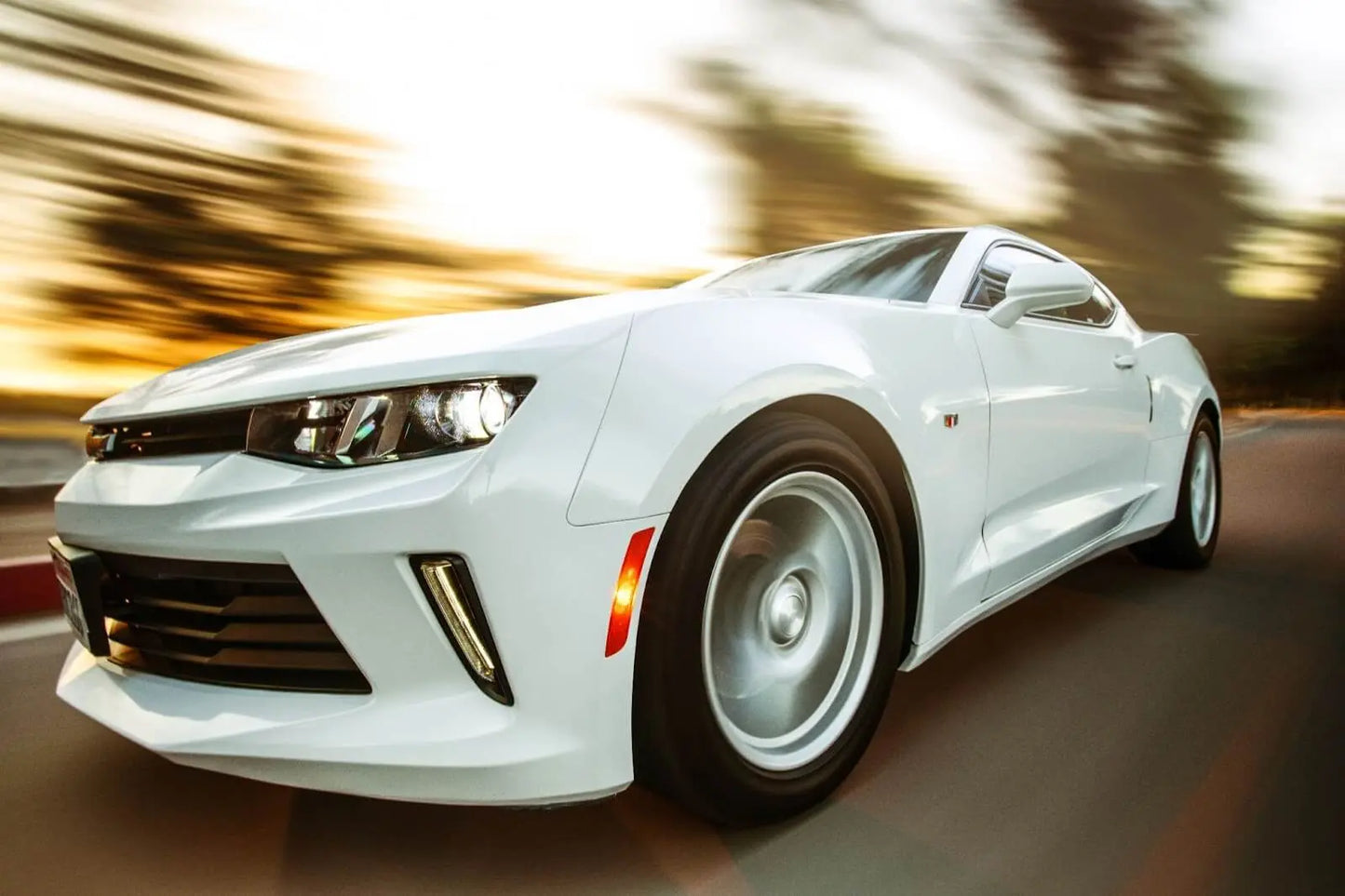
Cars are a bit of an oxymoron. On the one hand, their purpose is to take us through harsh elements and road conditions to get us safely to and from destinations. But on the other hand, we love to just stare at them inside of the garage where they’re safe from all harm.
But what if there was a way to have it all? What if you were able to keep driving your car without needing to worry too much about rocks, hail, or other debris shredding your exterior?
PPF, or paint protection film, is one of many ways that you can protect the outside of your vehicle from the dangers of the outside world. Here are all the pros and cons of this aftermarket product so you can decide whether or not it might be right for you. read this article in shine armor blog!
shine armor products:
- Ultra Concentrated Car Wash Soap
- Graphene Ceramic Nano Glass Coating
- Spray Wax Quick Coat for Cars
- Fortify Quick Coat
What Is Paint Protection Film?
PPF, sometimes referred to as a clear bra or “wrap,” is a thin, flexible layer that’s placed over a vehicle’s body panels to protect it from rocks or other debris while you’re driving.
PPF is a polyurethane film that’s not much thicker than 8 mm thick. It’s a premium product that’s usually reserved for luxury vehicles that might run a heavy price tag if they need to be fixed: not necessarily for cars that are easy to work on. It must be installed by professionals, so it’s not something you can just do from home.
While PPF is a great way to protect your car, it’s not accessible for everyone, and there are situations where it might not be recommended.
Pros of PPF
PPF is a popular product for a number of different reasons. Here are some of the main benefits that PPF can bring to your prized vehicle.
Superior Protection
While most new cars have a clear coat on top of the colored base coat to help protect against minor scratches and blemishes, they don’t offer nearly the same level of protection as PPF. PPF is much thicker than paint layers so that they can catch flying rocks or even hailstones before they even begin to damage your car’s exterior.
In addition, many modern PPF wraps are fortified with UV protection to help defend your vehicle’s base and clear coats from sun damage over time.
Easy To Fix
When the inevitable piece of debris does put a scratch or small dent into your PPF layer, it can be easily healed by a detailer. Usually, heat can be applied to help the layer “melt” into the cracks and holes to make it look good as new.
Long-Lasting
Most high-quality PPFs can last you up to five years of continuous use, depending on how much you spend. Of course, you’ll get what you pay for. If you spend more or less, the durability will likely match.
Can Be Easily Removed
One of the great things about PPF wraps over paint is that they can be easily removed, leaving almost no trace of their existence. This can be useful if you’re hoping to resell your car with a perfect paint finish in the future, as you can just remove the film to reveal a showroom quality vehicle underneath.
Cons of PPF
While there are plenty of great things about PPF, it’s not recommended for everyone. Here are some of the reasons why PPF might not be the best choice for your vehicle.
High Price
PPF films can cost thousands of dollars, which is hard to swallow for most people who need to use their car daily. This is why PPF is normally reserved for individuals with luxury vehicles that they are planning to resell in the future.
Susceptible to Damage
PPF films are like a shield for the exterior of your car, but they’re not invincible. If you’re subjecting your vehicle to a lot of wear and tear, the PPF will likely need to be replaced within just two to three years.
This is extremely costly, but on top of that, it makes it more difficult to remove the film without causing damage to the paint underneath.
Difficulty Adhering To Certain Finishes
If your car has been repainted or you’ve been slacking on taking care of the finish, it’s possible that the film might wrinkle and bubble on your vehicle’s surface. PPF adheres best to factory paint jobs on cars that are without major damage.
Who Should Get PPF For Their Car?
Based on the pros and cons, you might have a good idea as to whether or not PPF is a worthwhile investment for your vehicle.
In general, PPF is only recommended for people with high-value luxury vehicles. This is because their resale value can fall drastically if there are minor scratches or chips on the vehicle’s exterior. PPF can protect it from damage so the car can last for longer.
Additionally, many people with luxury vehicles tend to leave their cars in the garage because of fear that they might tarnish their finish. Putting on PPF can give you some insurance to make you feel comfortable taking it for a joyride every now and then.
How Is PPF Fitted To Your Car?
You can’t attach PPF to a car yourself. This is one of those things where you’ll need to go to a professional detailer if you want a proper end result.
The film goes through a multi-stage process where it is cut and placed over your car exterior and then activated with a liquid spray. Then, they’ll use a squeegee to adhere the substance to the clear coat to ensure that it’s stuck in place and free of wrinkles. While most people only get it applied over the top of the paint, it can also be applied over mirrors, headlights, or bumpers.
Overall, it’s a very precise process that can only be accomplished by the hands of someone with years of experience. This is another reason why the price tag usually runs on the higher end of the spectrum.
Alternatives to PPF
PPF is a great way to protect your car from damage, but its high cost makes it inaccessible for most people. However, that doesn’t mean you can’t enjoy professional quality protection to keep your car pristine for years to come.
Waxing your car is one of the best ways to accomplish this, and you can do it right from home. All you need are some wax pads, soap, water, and a premium waxing product like Shine Armor’s Spray Wax Quick Coat. It uses Brazilian Carnauba Wax to achieve a head-turning shine in just 15 minutes.
Waxing is something that even beginners can do easily, and the results are just as great as PPF wraps. It can help buff out scratches on your car, enhance glossiness, and help to protect your vehicle from harmful UV rays.
Alternatively, you can use our Fortify Quick Coat to do the work of three products all in one. Not only will it wax your car, but it will also add a ceramic coating to your car that gives it a showroom, mirror-like finish.
PPF: Basically PPE For Your Car
PPF is a polyurethane film that goes over your car’s exterior to add an extra layer of protection from rocks, insects, or even hail. While it has a number of benefits, it’s not recommended for everyone.
Its main benefits are that it protects your vehicle’s color, it’s easy to remove, and it’s long-lasting. Plus, it’s easy to fix if it does get damaged or scratched slightly. With that said, it’s very expensive and is difficult to adhere to surfaces that have been repainted or have experienced damage in the past. For those reasons, it’s usually only recommended for people with luxury vehicles who are planning to resell in the future.
The good news is that you don’t need to go through the professional PPF process to enhance the appearance of your vehicle. All you really need is some quality wax spray and a little bit of elbow grease to seal your exterior and give it that showroom shine.
Sources:
Paint Protection Film (PPF): An Investment In Your Car's Future | Forbes
What is Polyurethane? | Polyurethanes
How to Restore Faded Car Paint | Universal Technical Institute
